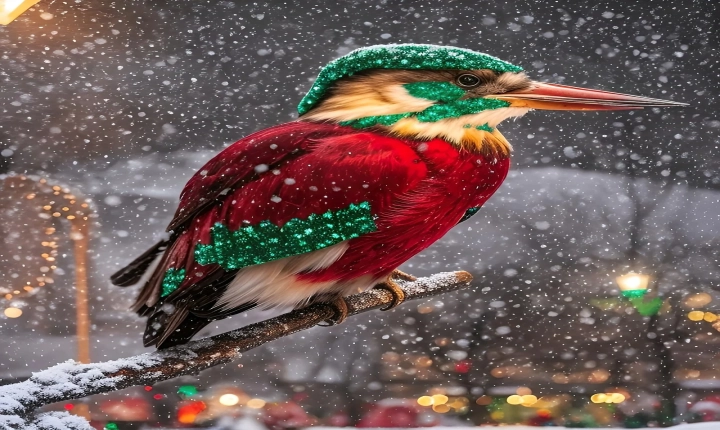Can AI Fix Old Photos?
Have you ever come across an old, faded photograph of your grandparents or great-grandparents and wished you could bring it back to life? The passage of time can take a toll on physical mementos, but thanks to advancements in artificial intelligence (AI), there may be a solution. AI-powered tools are now being used to restore and enhance old photographs, reversing the effects of deterioration and preserving precious memories for future generations.
One of the main challenges faced when dealing with old photographs is the damage caused by time, including fading, discoloration, scratches, and creases. Traditional methods for restoring such images usually involve skilled experts painstakingly retouching each imperfection by hand. However, this approach is not only time-consuming but also requires a high level of expertise. This is where AI steps in, offering a more efficient and accessible solution.
AI algorithms, particularly those based on machine learning, have the ability to analyze large sets of images, learning patterns and characteristics of different types of damage. This allows these algorithms to automatically identify and correct imperfections in old photos, saving time and effort for those looking to restore their treasured memories.
One of the key advantages of using AI for photo restoration is its ability to process large volumes of images quickly and accurately. This means that not only can individual photos be restored, but entire collections can be digitized and enhanced in a fraction of the time it would take using traditional methods. This is particularly valuable for historical archives, museums, and family collections, where there may be thousands of old photos in need of preservation.
Furthermore, AI-powered photo restoration tools are becoming more user-friendly, allowing even those with limited technical expertise to access and utilize them. Many software applications now offer simple, intuitive interfaces that guide users through the restoration process, making it accessible to anyone with old photos in need of repair.
Of course, while AI-powered restoration tools bring many benefits, there are also limitations to consider. While AI algorithms are continually improving, they may not always produce results that meet the standards of professional photo restorers. Additionally, there are ethical considerations, such as the potential for manipulation or alteration of historical records through AI restoration.
Despite these limitations, the potential for AI to fix old photos offers a valuable tool for preserving and sharing visual history. From personal family albums to historical archives, the use of AI in photo restoration presents an opportunity to breathe new life into images that might otherwise be lost to the passage of time.
Looking ahead, the continued development of AI in the field of photo restoration holds promise for further enhancing the quality and accessibility of this technology. As algorithms become more sophisticated and training datasets expand, AI-powered tools have the potential to revolutionize the way we preserve and interact with visual history.
In conclusion, while AI may not be a perfect solution for restoring old photos, its capabilities offer a powerful and accessible means of preserving and enhancing visual memories. As the technology continues to evolve, AI-powered photo restoration is likely to become an invaluable tool for individuals and institutions seeking to safeguard and revitalize their photographic legacy.
